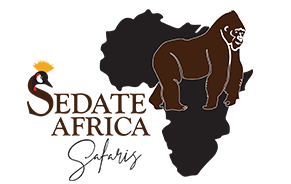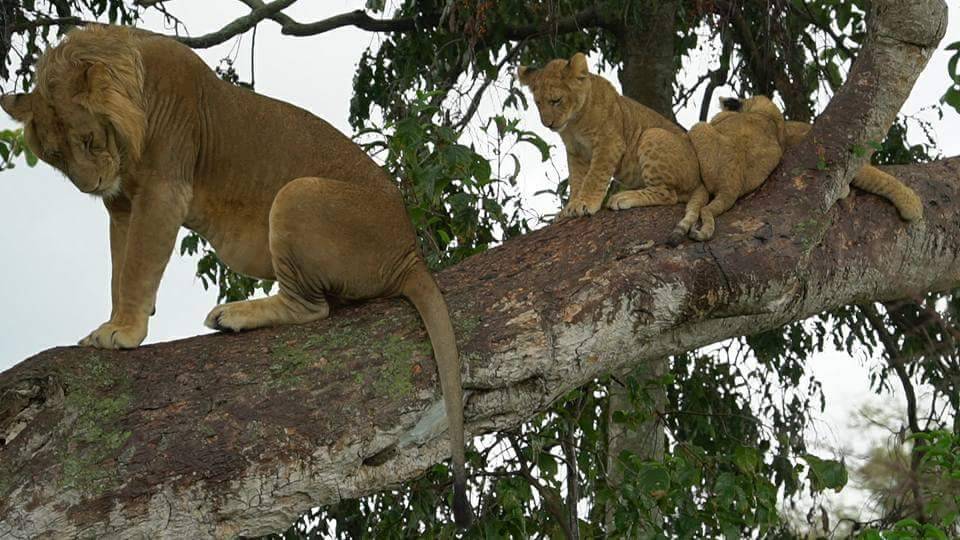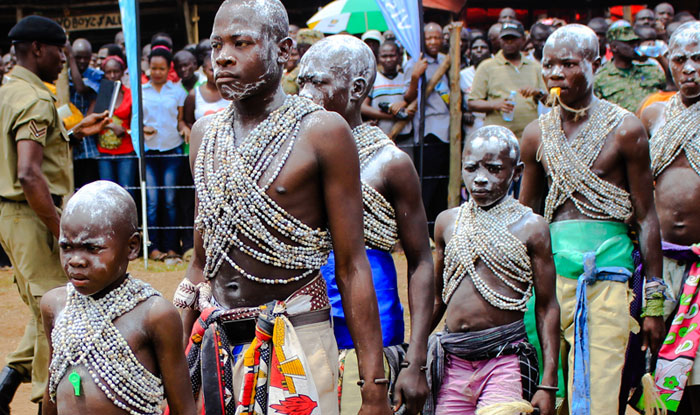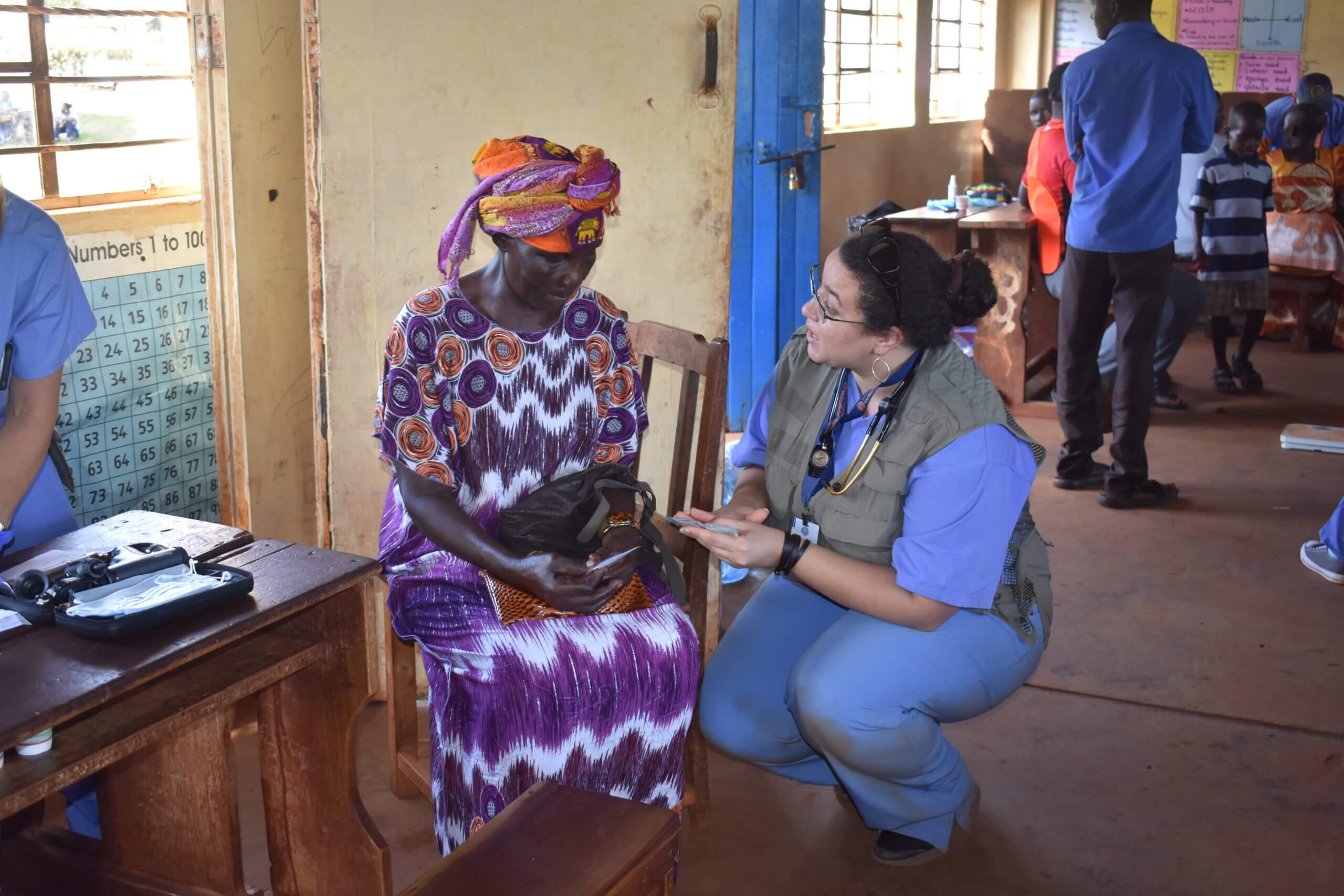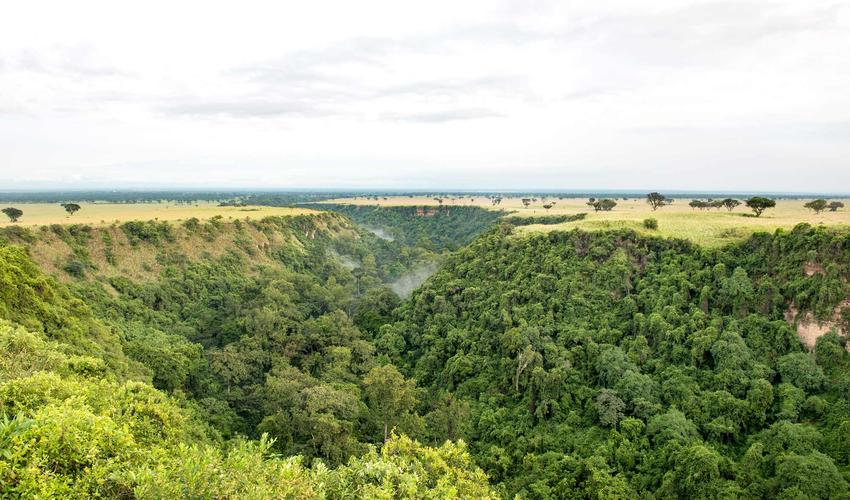Living in the grasslands, scrub, and open woodlands of sub-Saharan Africa, the lion is the second largest cat in the world coming after the tiger to which it is closely related and has a very similar body type. The lion is one of the celebrated big five game in Africa, with Uganda being one of the few countries that house the ‘big five’.
Lions unlike other cats are very social animals. They live in groups, called prides, of around 30 lions. A pride consists of up to three males, a dozen related females, and their cubs. All of a pride’s lionesses are related, and female cubs typically stay with the group as they age. Young males eventually leave and establish their own prides by taking over a group headed by another male. The size of the pride is determined by the availability of food and water. If resources are scarce, the pride becomes smaller.
In Uganda, you will meet lions during your game drive on the wildlife safari in three protected areas which include Murchison Falls National Park, Kidepo National Park and Queen Elizabeth National Park.

Lion:
COMMON NAME: African Lion | SCIENTIFIC NAME: Panthera leo
TYPE: Mammals | DIET: Carnivores
GROUP NAME: Pride | SIZE: Head and body, 4.5 to 6.5 ft; tail, 26.25 to 39.5 in
WEIGHT: 265 to 420 lbs | SIZE RELATIVE TO: a 6-ft man
IUCN STATUS: Vulnerable | CURRENT POPULATION TREND: Decreasing
LION PRIDES AND HUNTING:
Only male lions boast manes, the impressive fringe of long hair that encircles their heads. Males defend the pride’s territory, which may include some 100 square miles of grasslands, scrub, or open woodlands. These intimidating animals mark the area with urine, roar menacingly to warn intruders, and chase off animals that encroach on their turf.
Female lions are the pride’s primary hunters. They often work together to prey upon antelopes, zebras, wildebeest, and other large animals of the open grasslands. Many of these animals are faster than lions, so teamwork pays off.
After the hunt, the group effort often degenerates to squabbling over the sharing of the kill, with cubs at the bottom of the pecking order. Young lions do not help to hunt until they are about a year old. Lions will hunt alone if the opportunity presents itself, and they also steal kills from hyenas or wild dogs.

CONSERVATION:
Lions have been celebrated throughout history for their courage and strength. They once roamed most of Africa and parts of Asia and Europe. Today they are found only in parts of sub-Saharan Africa, except for one very small population of Asian lions that survives in India’s Gir Forest.
Lions are considered vulnerable of extinction according to the IUCN Red List. They are threatened by loss and fragmentation of habitat. They are also killed by humans in bravery rituals, as hunting trophies, for medicinal powers, or by ranchers protecting their livestock. Furthermore, they are susceptible to tick-borne diseases like canine distemper and babesia. Distemper is spread to lions by neighbouring village dogs as well as hyenas. Babesia occurs during droughts, when malnourished prey is vulnerable to disease. The ticks spread to the lions after they kill the sick animal. The combination of distemper and babesia causes mass fatalities in lion populations.

For any traveller planning for a Wildlife Safari in Uganda, contact our reservation team for any inquiries. We pledge to help you plan and guide you not on a mere safari but a life changing wildlife experience in any of Uganda’s endowed Nationals parks and specifically Kidepo Valley National Park, Murchison Falls National Park and Queen Elizabeth National Park. Book an experience today by sending us an email to info@raksafaris.com or call us now on +256-782 061184 to speak with our reservations team.
